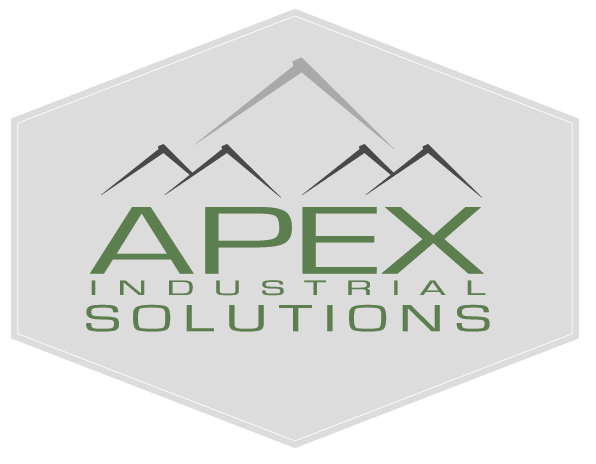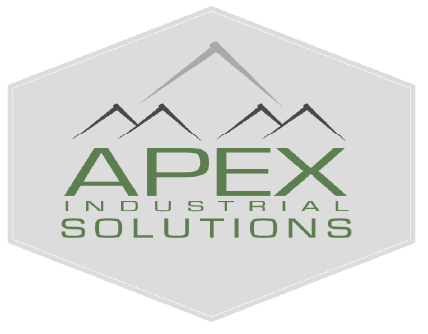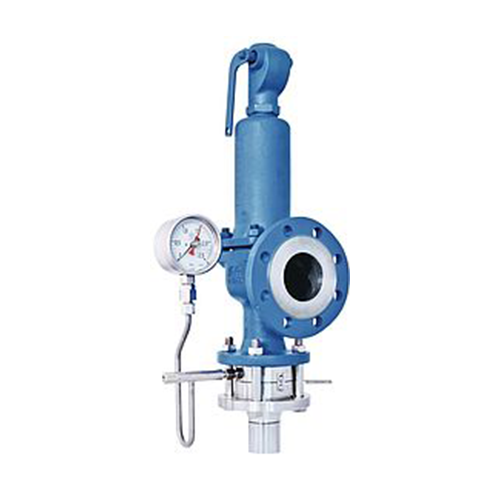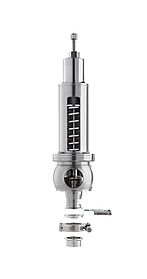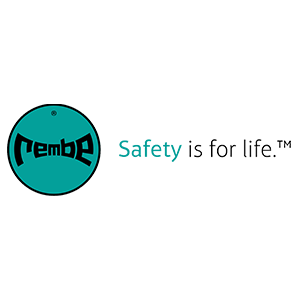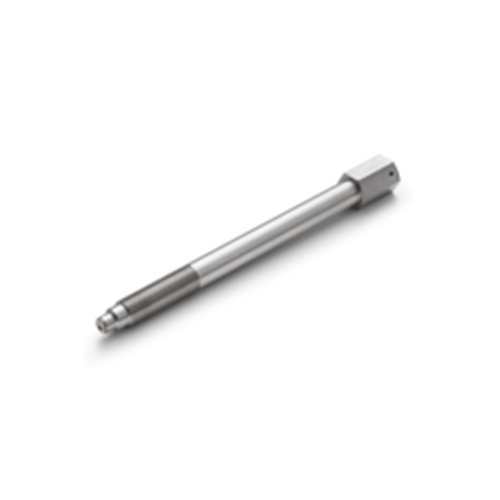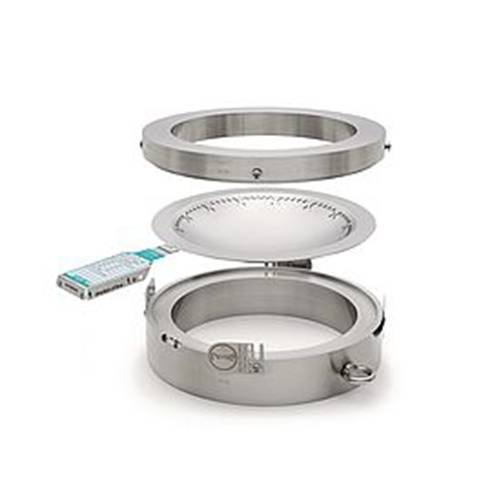Rupture Disc and Safety Valve
Improved leak-tightness
Even if your process does not involve toxic or very expensive media – safety equipment should still ideally be able to operate leak-free over long periods. Safety valves tend to leak more after being triggered for the first time. However, a REMBE® rupture disc positioned upstream of the safety valve ensures a perfect, leak-tight seal and saves you money. After all, it is cheaper to replace a rupture disc than a safety valve.
Protection against “challenging” media
Every operator who has ever been in this position knows the problem: The functionality and reliability of some safety equipment is affected to a greater or lesser degree by corrosive, adhesive, polymerizing or viscous media. This also applies to safety valves. If the valve seat is sticky, it is no longer possible to guarantee the defined response pressure. This poses a risk even before the first time the safety valve is triggered. Cleaning and inspections are therefore essential to guarantee that – in the case of an emergency – the safety valve responds to the specified pressure. A REMBE® rupture disc installed upstream protects the safety valve against caking and adhesions. Reverse acting rupture discs like KUB® have a smooth metal surface on the side facing the process, which prevents the build of deposits. Breaking points are isolated from the process. This ensures that the specified response pressure is always maintained and eliminates the possibility of a late response.
In-situ testing of safety valves
Normally, safety valves must be removed to test whether they are functioning correctly. This is time-consuming and expensive. However, in combination with REMBE® rupture discs, you can test your safety valves without moving them anywhere. To do this, the space between the rupture disc and the valve stroke is pressurized. As KUB® has a back pressure resistance of 135 %, the rupture disc remains undamaged while the safety valve is being inspected. If in-house regulations nonetheless require the safety valve to be removed for inspection, the rupture disc can be left in position in a separate flange connection to close the opening while this work is being performed.
